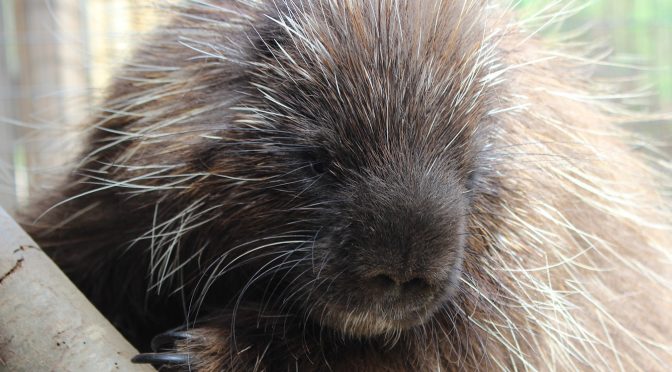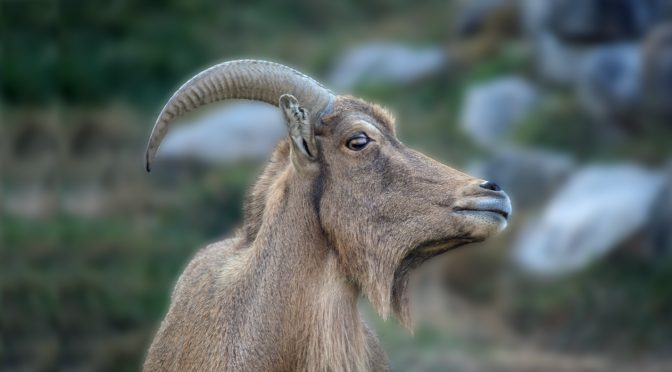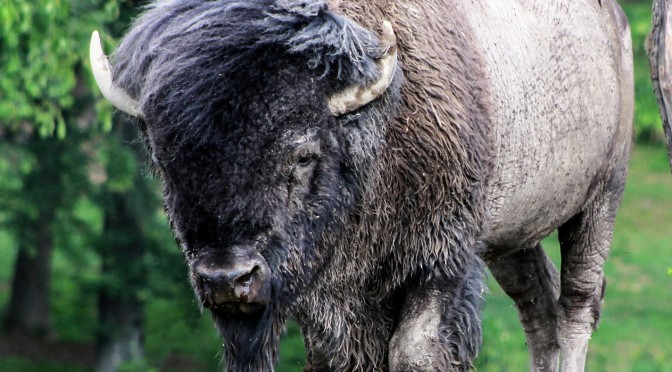Physical Description
Porcupines can be 2-3 feet in length and weigh around 30 lbs. They have a thick underfur that’s brownish-yellow to black in color with long, wiry guard hairs. They are covered in around 30,000 quills on their back, sides, legs, and tail! These quills will be 2-3 inches long, hollow, and loosely attached to their skin. Having hollow quills actually makes them quite buoyant and is one of the reasons they are good swimmers.
Predators
Predators they may encounter include fishers, mountain lions, lynx, bobcats, red fox, coyotes, great horned owls, wolves, and wolverines. They do have vulnerable bellies that do not have quills, but they will warn predators by erecting their quills or rattling their tail quills to try to deter them.
Lifespan
In the wild, they have been known to live an average lifespan of 10-18 years.
Reproduction
Porcupines typically mate in the late summer and early fall and have an elaborate courtship ritual. They will have extensive vocalizations, a courtship dance, and the male will usually shower the female with urine before mating. After a 7 month gestation, the female will give birth to 1 porcupette. Their quills will be soft when they are born but will harden quickly. They will be weaned at about 6 months old and leave their mother.
Fun Facts
- Like other rodents, they have two large incisors that will grow throughout their lifetime. Their constant gnawing helps keep them wear them down to a useable level. These incisors are bright orange!
- It is a myth that they are able to “shoot” their quills. Because the quills are only loosely attached, they are able to come off easily when they come in contact with a predator.
Conservation Messaging
Porcupines have a wide natural range but prefer forest and woodland habitats. They are considered natural developers of the forest and play an important role in these ecosystems. They will prune and trim trees often causing seeds, nuts, and fruits to fall providing food for the wildlife below. By thinning the branches of the trees it allows sunlight to filter through the understory increasing the diversity of plant life on the forest floor.
The most important thing that we can do to help porcupines and sustain their habitats is to “Leave No Trace”. Once you leave nature, no one should know that you’ve been there. This means bringing out anything that you’ve brought in. Additionally, leaving the environment unaltered is equally important. To learn more about the Leave no Trace initiative and their 7 principles for minimum impact practices, visit: www.lnt.org.










